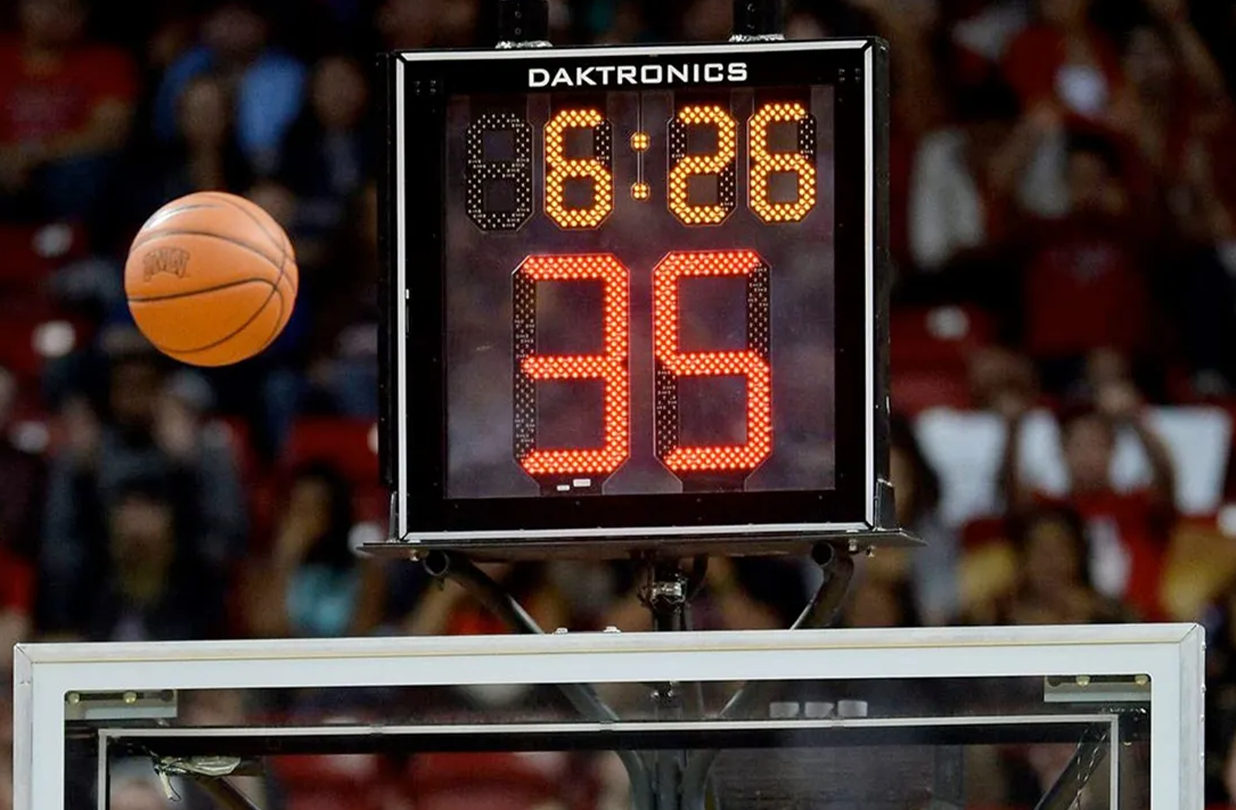The offside rule in soccer is one of the most debated and misunderstood aspects of the sport, yet it is fundamental in maintaining fair play and structure on the field. According to FIFA’s Laws of the Game, a player is in an offside position if they are nearer to the opponent’s goal line than both the ball and the second-last defender at the moment the ball is played to them—unless they are in their own half. This rule ensures that attacking players cannot simply linger near the opponent’s goal waiting for an easy scoring opportunity, which would undermine the competitive balance of the game.
Referees and assistant referees must make split-second decisions regarding offside calls, which has led to controversy in fast-paced matches. With the introduction of Video Assistant Referee (VAR) technology, many leagues now review offside situations more accurately, though debates still persist over marginal calls involving toes or shoulders. Despite its complexity, the rule plays a vital role in shaping tactics, especially for defensive lines and counterattacks, and forces teams to stay coordinated both offensively and defensively.
Understanding the offside rule deepens appreciation for the strategy behind soccer. It impacts formations, timing of runs, and overall game flow. Coaches spend significant time training players to exploit or defend against the offside trap. Whether you’re a fan, player, or coach, grasping this rule enhances your engagement with the beautiful game.






